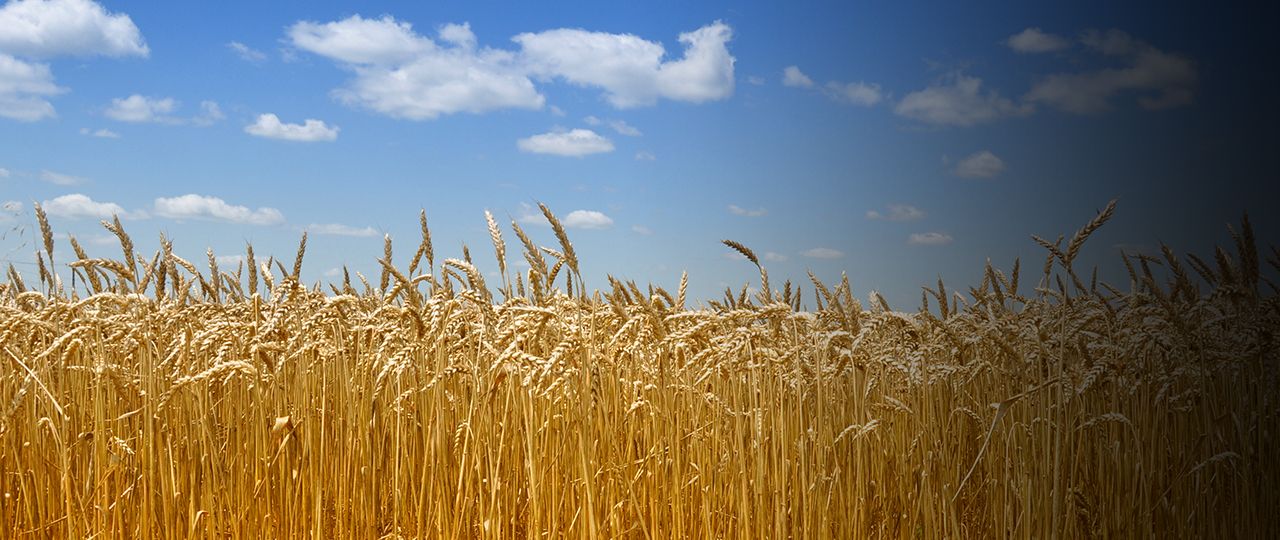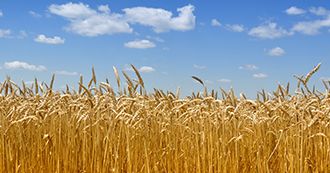
Welcome to this quarter’s Farming Update, which is produced by our Farming Research Group and reports on market and administrative issues that affect farmers’ business decisions and on which they may need to act.

Arable crops
Global
At the recent International Grains Council (IGC) conference, the delegates discussed the fact that a recent 12 million Tonne cut in grain production estimates means that global supplies are forecast to drop to a three-year low. Stocks are now forecast at 598 million tonnes at the end of the 17/18 year and 544 million tonnes at the end of the 18/19 year. This is supporting strong market prices around the world. There are complexities within the overall grains figures, for example maize and sorghum supplies are actually forecast to rise in 18/19, but this will only partly offset major falls in wheat and barley production. Against the background of lower production, consumption is forecast to rise for a third successive year to new record highs, and it is worth noting that the production figures remain simply estimates; further reductions are possible once the full effect of the hot dry weather in the EU and Russia is seen.
At a recent conference, representatives of major grain producing regions, including South America, Australia and central Asia, have all said that climate change is a major challenge that will affect global grain production and needs to be addressed by agricultural research. In Russia, which is one of the world’s most significant grain producing regions, yields have been seen to rise in recent years (to over 3t/ha for the first time in 2017) helped by milder winters, which also allow more areas to be planted.
European stocks of oilseed rape continue to shrink whereas soya production and stocks in the US (the major driver of global oilseed prices) remain strong. EU production is likely to be down 10% year on year which should provide support to prices, but this is far from certain given the influence that soya has on the overall market. US commodities are at risk from the US/China trade war and the market is nervous at the impact this may have on trade, and thus prices.
UK
In the UK, merchant Cofco International estimates the UK wheat area at 1.79 million ha, which is likely to lead to a wheat harvest of around 14 million tonnes. As such, the UK is unlikely to have an exportable surplus and prices will be therefore be based on import prices; this will be helpful to UK growers as it will help to support prices, particularly with Sterling so weak against the Euro.
The higher wheat price is helping support barley prices although a £20/T discount has developed; earlier in the year, feed barley was, for a time, worth more than feed wheat. Malting premiums have reached around £40/T due to concerns that the dry weather will have had a detrimental impact on quality, both in the UK and Scandinavia. Premiums can be expected to drop back if early cut crops make the grade, or if maltsters relax their specifications in order to ensure sufficient supplies.
Early yield reports from UK oilseed rape crops are disappointing, but the average should rise as crops on heavier land start to come in, as these should have fared better in the dry weather. The as-available price of £300/T will be attractive to many growers (including bonuses, it should reach £320/T), although those who can store it are likely to benefit from a reasonable carry in the market.
2018 Crops
With the 2018 harvest upon us – two weeks earlier than normal – crops that were initially full of promise have been detrimentally affected by the weather and in particular, wet conditions in March and April followed by hot, dry conditions from mid May to the time of writing in mid July. In June for example, East Anglia received 12% of the 1981 to 2010 average rainfall and 131% of the average sunlight, with a mean temperature of 16.2°c which is 1.5°c above average. Going back two years to 2016 by contrast, the same region had 190% of average rainfall and 69% of average sunlight, with a mean temperature of 15.3°c (source: Met Office). Exceptionally wet and cold conditions in March and April meant that many spring crops had to wait until the end of April before they were sown. The dry conditions which followed then capped yield potential by limiting tillering and grain fill. Autumn sown crops on medium and heavy land should be less affected due to good rooting and the ability to scavenge for soil moisture, however premature senescence (ripening) of crops, particularly on light land, has been widely seen with early winter barley and oilseed rape harvested some two weeks ahead of normal.
Looking forward to the 2019 crops, moisture retention may prove to be crucial for cultivations and autumn crop establishment, particularly if conditions remain dry when sowing oilseed rape in August. If it remains dry, seed rates will need to be higher to help compensate for reduced germination, so this will need to be factored in when budgeting and placing orders.
